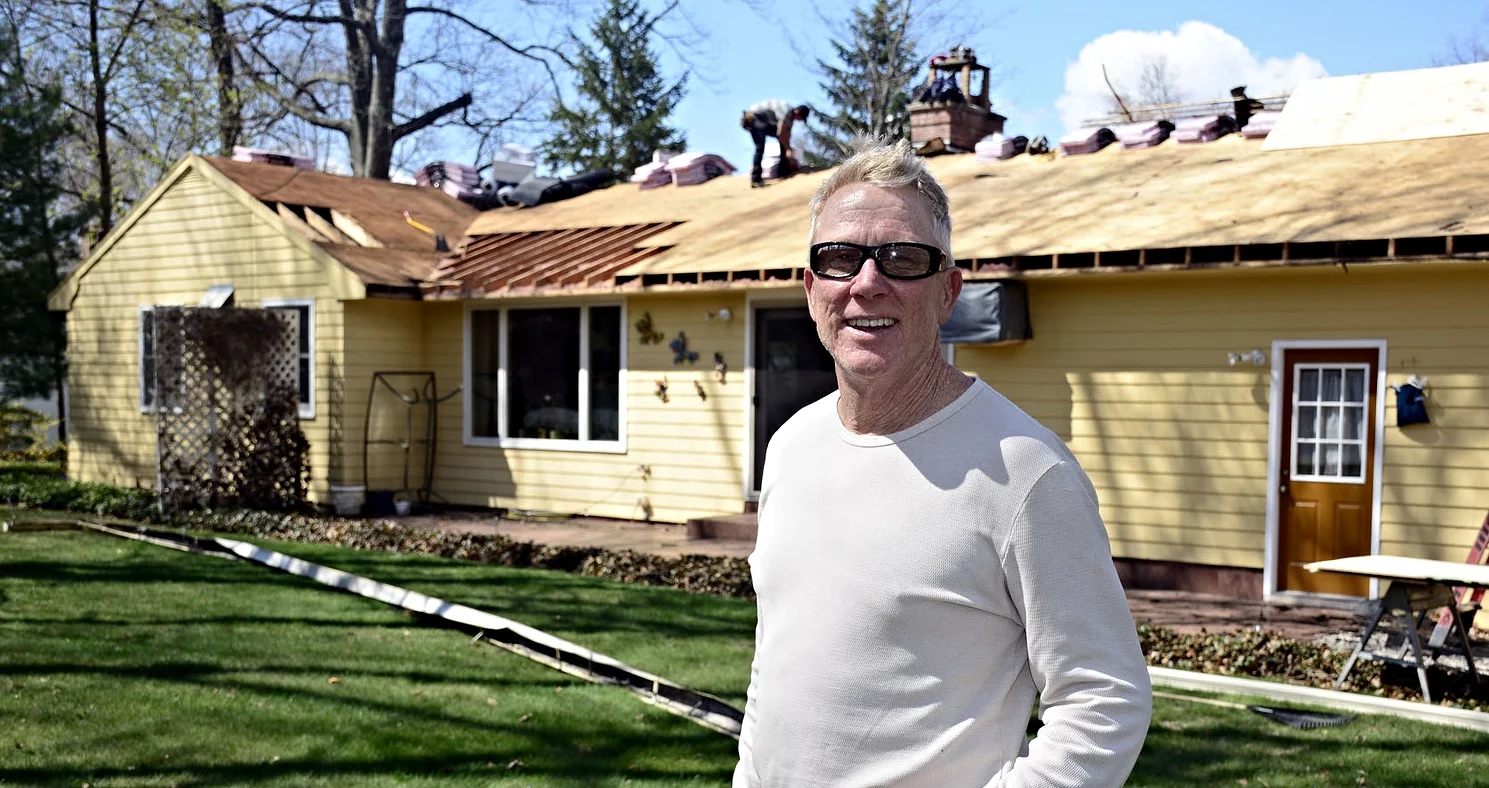Trends in Vinyl Siding for 2026
Chelsea O'Donnell
When it comes to updating the look and efficiency of your home, vinyl siding continues to be one of the most popular choices among Connecticut homeowners. It’s durable enough to withstand our unpredictable New England weather, it comes in styles that complement the region’s classic architecture, and today’s innovations make it more attractive and energy-efficient than ever. If you’re thinking about a siding refresh, here are some of the latest vinyl siding trends making waves in our neighborhoods.
1. Bolder, Richer Colors
For decades, vinyl siding meant beige, white, or maybe a soft gray if you were feeling adventurous. Not anymore. Manufacturers are now offering deeper, richer colors designed to make a statement while still fitting into the traditional character of New England homes. Think deep navy, forest green, slate, or even bold shades of red. These colors pair beautifully with white trim and shutters, creating the kind of crisp, timeless curb appeal that stands out on a colonial, cape, or farmhouse-style home.
2. Natural-Look Finishes
One of the biggest shifts in siding design is the move toward natural, organic-looking finishes. Homeowners are embracing vinyl siding that convincingly mimics wood grain or even the texture of stone. Cedar-look shingles, rustic board-and-batten, and stacked-stone accents are all achievable with vinyl today—without the ongoing maintenance and cost that real wood or masonry demands. The result is a warm, welcoming exterior that feels timeless while still delivering the practical benefits of vinyl.
3. Energy-Efficient Insulated Siding
Our winters can be brutal, and summers are getting hotter every year. That’s why more homeowners are choosing insulated vinyl siding, which adds a layer of foam backing to improve energy efficiency. It helps regulate indoor temperatures, reduces drafts, and may even lower heating and cooling costs. Beyond comfort and savings, insulated siding also adds rigidity to panels, helping them resist impact and look straighter on your home.
4. Mix-and-Match Profiles
One of the newest design trends in siding is mixing different profiles and textures to create architectural interest. For example, you might combine traditional clapboard-style siding on the main levels of your colonial with shingle-style siding in the gables, or add board-and-batten panels to highlight a dormer or entryway. This layered approach works especially well on larger homes, breaking up long runs of siding and giving the exterior a custom, high-end look.
5. Matte and Low-Gloss Finishes
Gone are the days when vinyl siding had a shiny, plastic appearance. Today’s homeowners are opting for matte or low-gloss finishes that mimic the painted wood look. Not only does this create a more natural and authentic appearance, but it also holds up beautifully against the harsh sunlight and weather shifts we see across our four seasons.
6. Low Maintenance, High Value
Perhaps the most enduring “trend” in vinyl siding isn’t flashy at all: homeowners love it because it’s low-maintenance. Unlike wood, vinyl doesn’t need to be repainted, sanded, or sealed. It resists pests, rot, and warping, which means you’ll spend less time on upkeep and more time enjoying your home. That peace of mind never goes out of style.
Bob O’Donnell is the owner of O’Donnell Bros. Inc., a Bristol-based home improvement company established in 1975. Email your questions for Bob to info@odonnellbros.com with the subject line “Ask the Pro.” All questions may be considered for publication. To contact Bob for your remodeling needs, call O’Donnell Bros. Inc. at (860) 589-5155 or visit http://www.odonnellbros.com. Advice is for guidance only.
